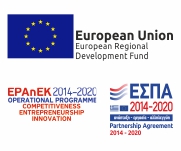
Elevating Greek Startups against COVID 19
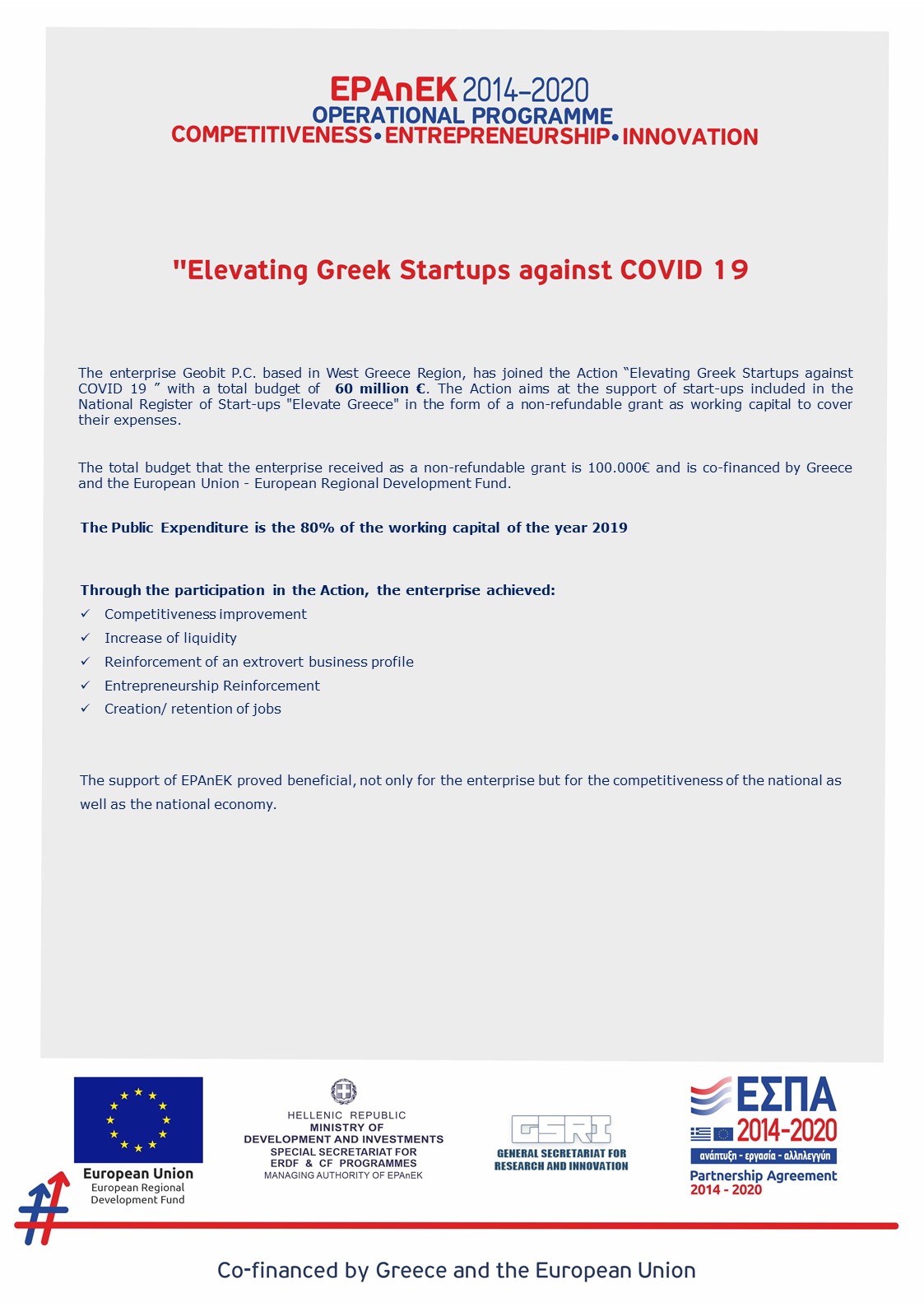



GEObit and ISTI are exhibiting at 2021 SSA Virtual Annual Meeting, 19–23 April.
GEObit provides high sensitivity broadband and wide-band seismic sensors, surface or borehole type, and high dynamic range, low power 32bit ADC data loggers with local data storage and real-time telemetry over seedlink protocol. We are focusing on low power and cost-efficient solutions so we provide to our customer seismic networks with low installation and maintenance costs. Our instruments are ideal for local and regional seismicity and micro-seismicity monitoring and for seismic events such as those induced by unconventional hydrocarbon extraction. Our high fidelity data loggers ensure that these signals are recorded with the highest resolution and timing accuracy.
Together with ISTI, our USA & Canada representative, we welcome you to visit us online, to meet our team and learn about our new upcoming instruments and technologies. We will also be available to answer your questions.
You can watch our presentation at Innovation Showcase Session on Wednesday, 21 April, 12:50 PM Pacific Time Zone. Nikos Germenis will present our latest innovative broadband and force balance instruments. Feel free to submit your questions at the end of the presentation.
More information about the 2021 SSA Annual Meeting may be found here.


Geo-S120 Broadband Seismometer
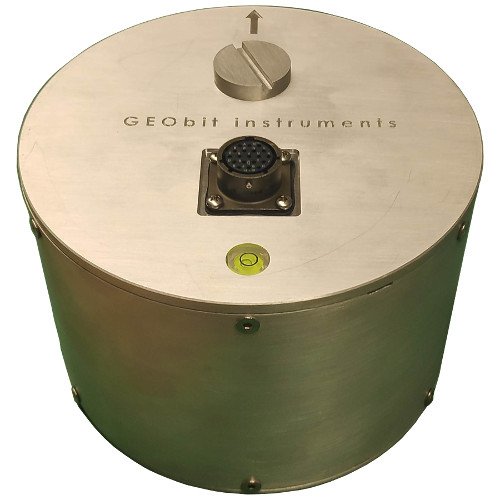
GEOfba200 Force Balance Accelerometer


Geobit Instruments are not affected by the GPS week rollover issue.
We are pleased to inform you that all GEObit digitizers are using Garmin GPS receivers for time synchronization, and they will not be affected by the GPS rollover issue on 29th May 2021. As a result, all our digitizers will continue operating properly. No action needs to be taken by GEObit Instruments users.
At GEObit, we are always working to offer state-of-the-art technology and high-reliability products, requiring the minimum possible maintenance.
What is the GPS Week Number Rollover (WNRO)?
The GPS system is world renowned for its ability to provide accurate and reliable positioning and timing information worldwide. The GPS satellites transmit to users the date and time accurate to nanoseconds. However, back in 1980, when the GPS system first began to keep track of time, the date and time were represented by a counter that could only count forward to a maximum of 1024 weeks, or about 19.7 years. After 1024 weeks had elapsed, this counter “rolled over” to zero, and GPS time started counting forward again. This first rollover occurred in August of 1999. The second rollover occurred on April 6, 2019. Several rollovers will happen in the future, depending on the manufacturer and the production date of the GPS receiver.
Is My Geobit Device Affected?
Our GPS supplier, Garmin, has anticipated and prepared for this event. Regardless, Garmin and Geobit have been performing exhaustive testing of current and legacy devices to determine if they will be affected by the GPS week number rollover. Our testing shows the vast majority of Geobit devices will handle the WNRO without issues.
What is the Effect of a GPS Week Number Rollover Issue?
For GPS devices that are affected, after the rollover occurs, an incorrect date and time will be displayed. This incorrect time will also be used to timestamp track logs, compute sunrise and sunset, and other functions that rely upon the correct date and time. However, the positioning accuracy will not be affected. The device will continue to deliver the same positioning performance as before the rollover.


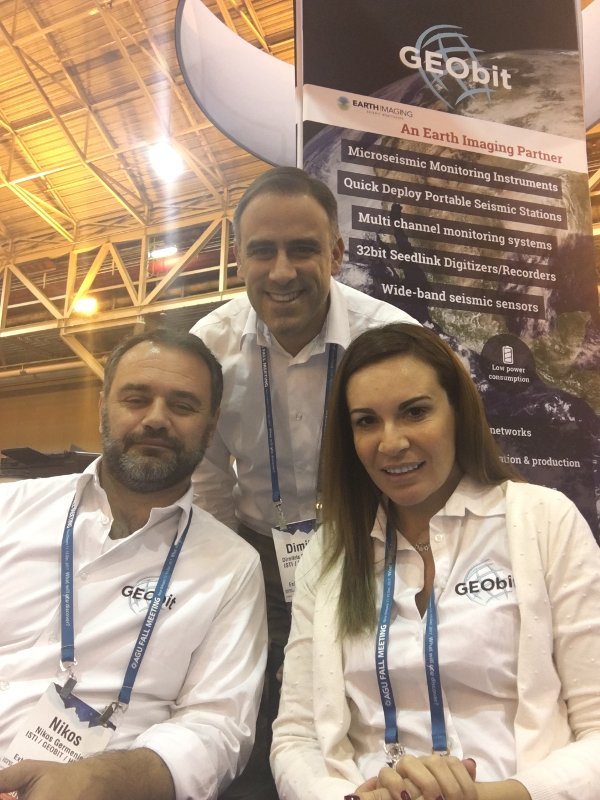
Geobit team in a previous Meeting
GEOBit will be available virtually at EUROVOLC Meeting.

GEOtiny Compact Digital Seismometer
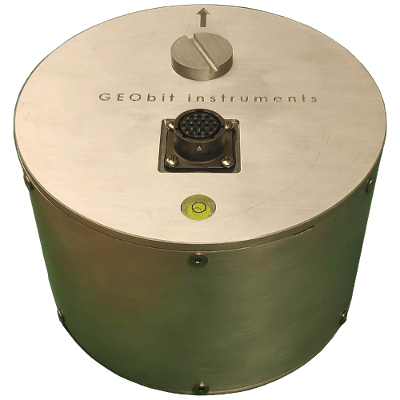
GEOfba200 Force Balance accelerometer
GEObit joins at the EUROVOLC 3rd Annual Meeting, 1 – 8 March 2021.
We provide state-of-the-art seismic instruments, network design, installation techniques, data monitoring and processing services. Our group is able to deliver a cost-effective total solution to the energy exploration & production industry, especially to the oil, gas and geothermal sector. Our key benefits are that we produce in-house hardware and software while installing and maintaining the microseismic monitoring network to ensure a high level of data quality and availability. In other words, we make the technology – we apply the technology – we offer the technology.
We have worldwide experience having installed and operated seismic networks all over the world, from Indonesia/Papua jungle to the Middle East desert, from Alaska glaciers to Himalayan Mountains. In the USA, we are currently running many dedicated microseismic monitoring projects with over 200 stations installed in the past 10 years.
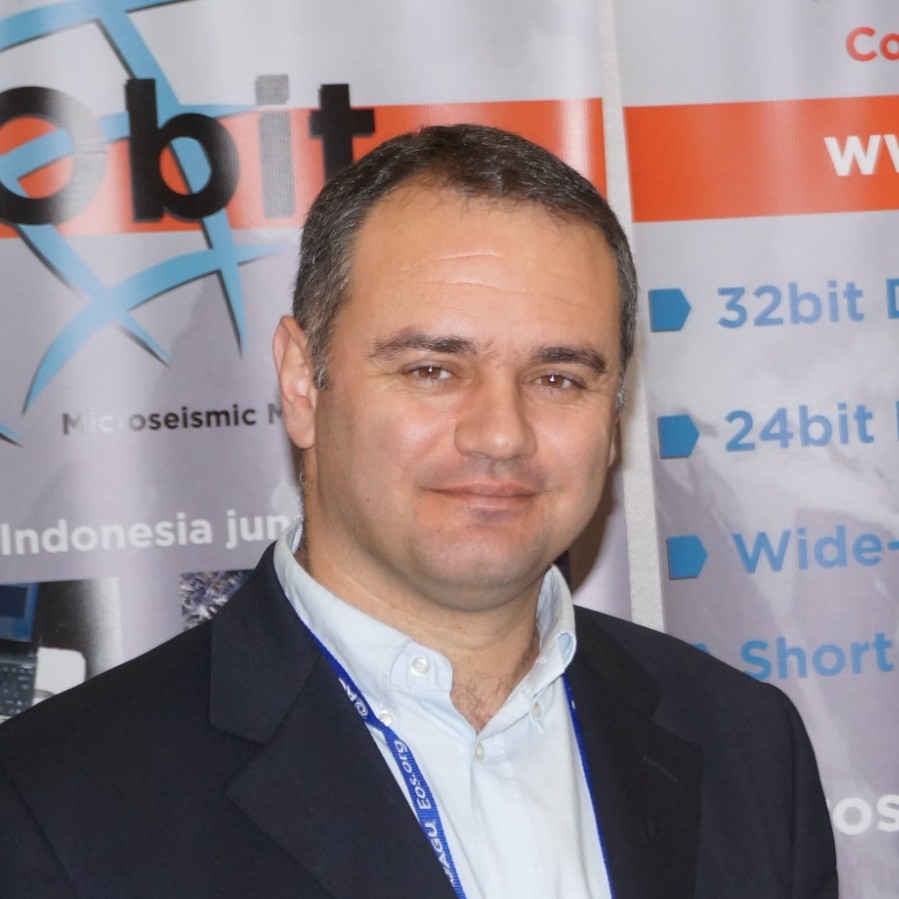
Nick Germenis (Geobit) will be a key speaker at the meeting

GEOThree Datalogger with C100 sensor
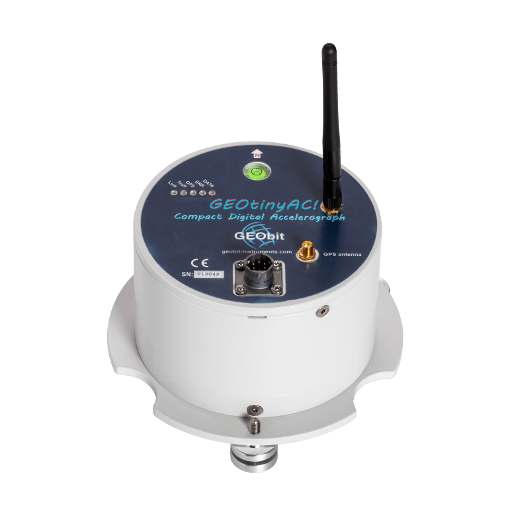
GEOtinyAC! Compact Digital Accelerograph

The arrival of the new year, 2021, marks the beginning of a new era in the history of Geobit. We are introducing the first Force Balance Accelerometer, the GEOfba200.
Currently, we are also working on the development of the Force Balance Accelerograph, which will be available in the market in the next couple of months.
Following our policy to provide low-cost quality instruments, the new FBA offered at a very competitive price. We implemented smart technologies, including AI techniques in order to produce a high technology instrument which will become a point of reference.

The GEOfba200 is a very low-noise triaxial force-balance accelerometer with a large dynamic range, suitable for seismology, hazard mitigation and civil engineering applications. The instrument has both a flat response to ground acceleration from DC to 215 Hz and a stable phase response within the passband. Output range is 40Vpp differentially and supports variety range of gain sets from +/-4g to +/-0.25g in the standard configuration and availability for higher gain set under request.
Due to it’s high dynamic range which exceeds 155dB the sensor provides from on-scale recording of earthquake motions to structural seismic noise monitoring and allows engineers to study motions at higher frequencies. The sensor allows easy field calibration through its calibration line.

GEOfba200 sensing element mechanism
Inside the GEOfba200 there are three similar accelerometers, orthogonally placed. The sensor is operating according to the force-balance principle as closed-loop sensor (servo accelerometer).
The motion of the seismic mass is monitored from a very sensitive capacitive transducer and a very low noise VHF preamplifier. The demodulator generates in-phase and low noise seismic signal which is fed back to the seismic mass through a phase compensator, a power amplifier and a fully symmetrical force actuator consisting of a double coil-magnet system. This design eliminates any non-linearity due to lack of symmetry. The output amplifier sets the selectable acceleration gain between +/-4g to +/-0.25g.
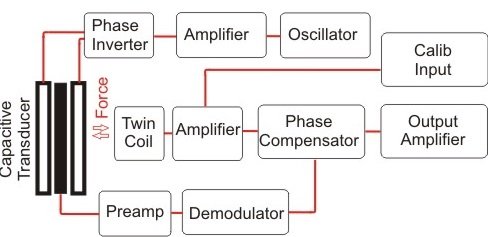
GEOfba200 block diagram
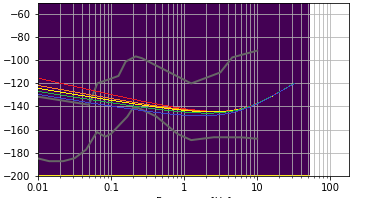
GEOfba200 self-noise
Red: 4g, Orange: 2g, Yellow 1g, Green 0.5g, Blue 0.25g